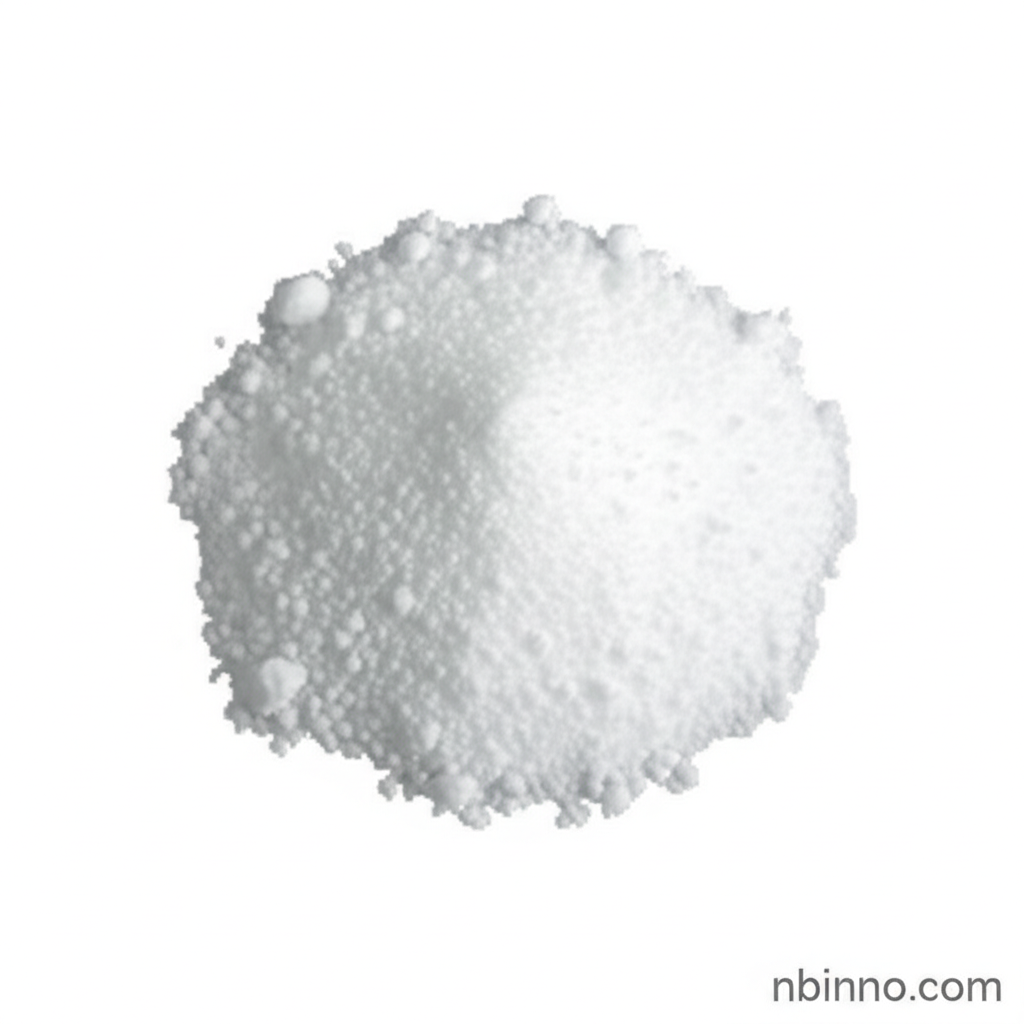Fmoc-(S)-3-Amino-4-(2-furyl)-butyric Acid: Your Key to Advanced Peptide Synthesis
Discover the potential of this unique unnatural amino acid for groundbreaking drug development.
Get a Quote & SampleProduct Core Value

Fmoc-(S)-3-Amino-4-(2-furyl)-butyric acid
As a crucial component in the field of peptide synthesis, this compound offers a unique combination of a furan ring and Fmoc protection. This structure is vital for creating novel peptide sequences with enhanced stability and biological activity, making it indispensable for drug discovery.
- Fmoc protected unnatural amino acids are essential for efficient solid-phase peptide synthesis, allowing for controlled chain elongation.
- Explore the Fmoc-(S)-3-Amino-4-(2-furyl)-butyric acid synthesis pathways to understand its preparation for advanced applications.
- Leverage this compound as one of the key peptide building blocks for drug discovery, enabling the design of targeted therapeutics.
- The distinctive furan containing amino acid derivatives provide unique steric and electronic properties, influencing molecular interactions.
Advantages Provided by the Product
Enhanced Peptide Stability
The incorporation of this unique amino acid into peptide chains can lead to improved resistance against enzymatic degradation, a critical factor in developing stable peptide therapeutics.
Facilitated Synthesis
The Fmoc protecting group allows for mild deprotection conditions, streamlining complex solid-phase peptide synthesis and increasing overall reaction efficiency.
Versatile Building Block
As one of the premier Fmoc chemistry applications, this compound serves as a versatile building block for creating peptidomimetics and novel molecular structures.
Key Applications
Peptide Synthesis
Essential for creating complex peptide sequences in both research and industrial settings. Researchers often use specific Fmoc protected unnatural amino acids for tailored peptide properties.
Drug Development
Serves as a critical intermediate for synthesizing new pharmaceutical agents, particularly those mimicking natural peptides or requiring modified structures for improved efficacy.
Medicinal Chemistry
Its unique structural features make it valuable for structure-activity relationship studies, aiding in the design of molecules with specific biological targets.
Neuroscience Research
Investigate its potential in studying neurotransmitter systems and developing therapies for neurological disorders, building upon its GABAergic modulation research chemicals properties.
